Unveiling the Secrets of Ancient Egyptian Engineering
The Egyptian pyramids have fascinated humanity for thousands of years. The pyramid of Khafre, the second-largest pyramid in Egypt, continues to captivate historians and engineers alike. Recent research and technological advancements have allowed us to get the closest look ever at how these remarkable structures were actually built.
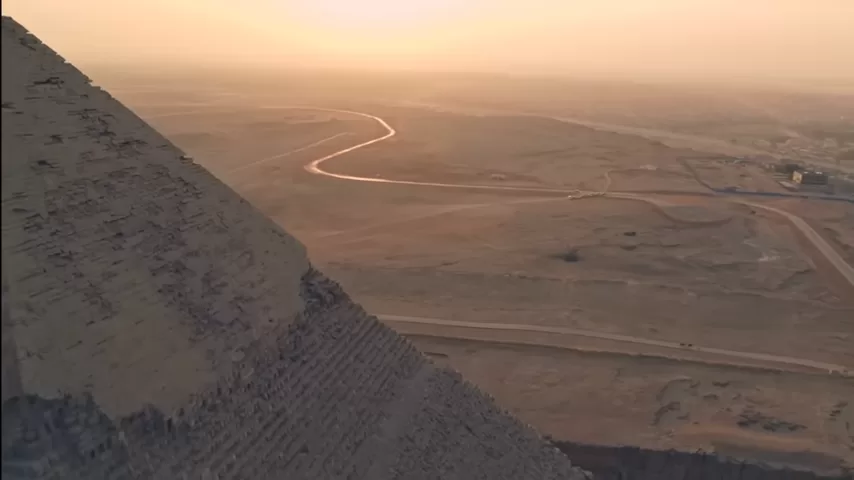
Preserved Casing Stones: A Window to the Past
At the very top of Khafre’s pyramid, some original casing stones remain intact, untouched by looters and erosion. These white Tura limestone blocks once covered the entire pyramid, making it a gleaming white beacon visible for miles. Unlike the rough core stones inside, these outer stones were carefully designed to reflect light and inspire awe.
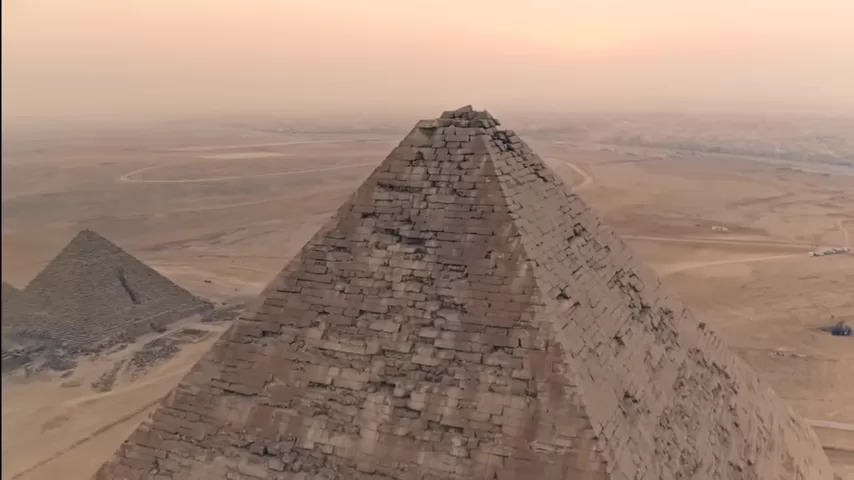
One striking observation is that all interior chambers of Khafre’s pyramid are underground, meaning the visible structure above was purely for aesthetic and symbolic purposes. This challenges the assumption that pyramids were solely functional tombs; they were also displays of divine authority.
Revealing Construction Techniques
Using advanced photographic analysis and high-resolution drone imagery, researchers have mapped the remaining casing stones, uncovering two key construction patterns:
- Gaps Between Stones: The highest courses contain gaps that may have once held wooden scaffolding or temporary supports, later filled with mortar that has since eroded.
- Bonding Stones: Special smaller, tapered stones were strategically placed to join larger blocks together. These bonding blocks ensured structural integrity and allowed different sections of the pyramid to be fused smoothly.
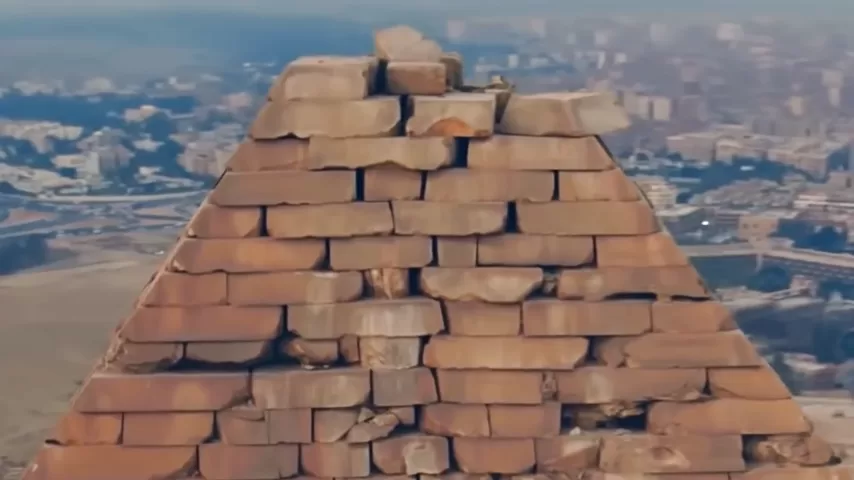
These discoveries suggest that the pyramid’s builders developed a highly efficient method for assembling stones in separate sections, later merging them into a seamless whole.
New Insights from Ground-Level Photography
While drone footage has provided valuable perspectives, ground-level photography has proven even more revealing. Standing approximately 200 meters from the pyramid, researchers used long-range camera lenses to capture previously unseen details. This effort required careful planning, as security restrictions and unpredictable weather posed significant challenges.
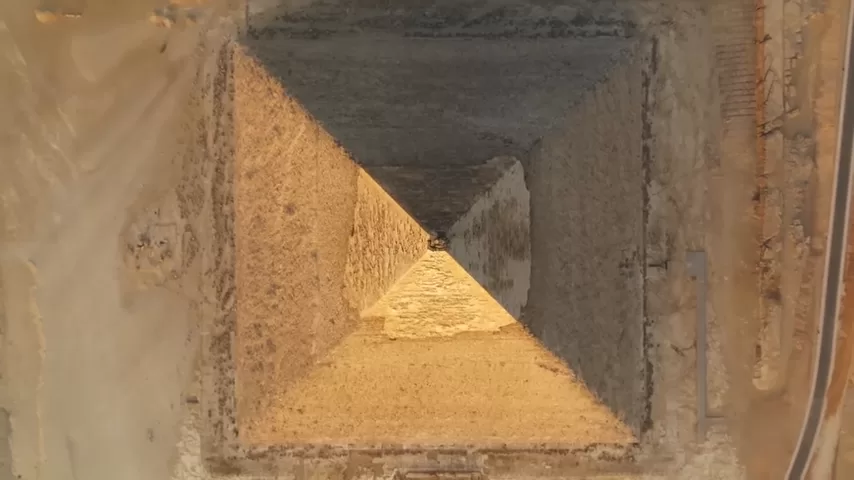
From this unique vantage point, additional patterns emerged:
- Corner casing stones were placed first, establishing a foundation for the rest of the pyramid’s exterior.
- Centerlines served as a primary reference, with stones laid outward symmetrically from the middle of each face.
- No evidence of large external ramps was found, suggesting that the pyramid may have been built using an internal ramp system or a more sophisticated block-lifting technique.
Debunking Old Theories
The new data challenges many existing pyramid construction models. Notably, Flinders Petrie’s external ramp hypothesis and Mark Lehner’s large embankment theory do not align with the physical evidence. If a massive ramp had been used, there would be traces of an irregular stone layout near ramp positions—none were found.
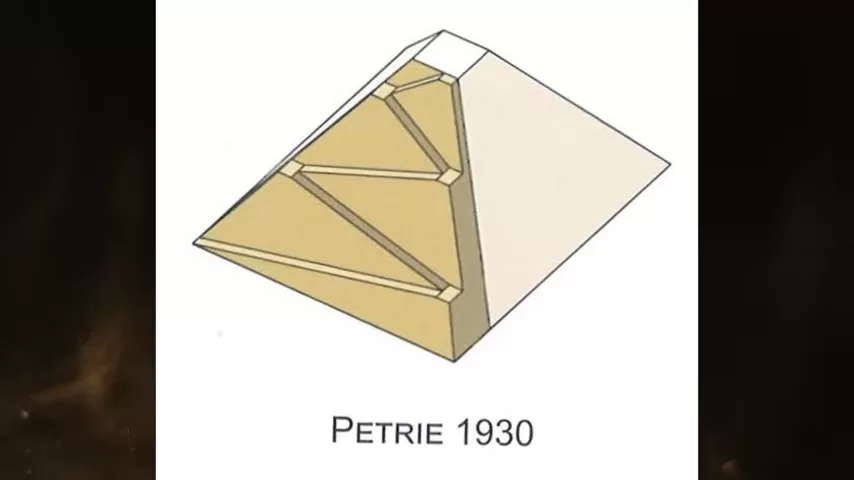
Instead, the consistent stone placement across all faces supports the idea that pyramid construction began at key reference points, without obstruction from ramps or embankments. This strengthens the case for alternative lifting mechanisms such as counterweighted cranes, spiral ramps, or internal scaffolding.
The Role of Bonding Stones in Pyramid Assembly
One of the most exciting revelations involves the function of bonding stones. Unlike ordinary casing stones, these specially shaped blocks were designed to:
- Connect different work sections
- Ensure uniform distribution of pressure
- Enable last-minute adjustments during construction
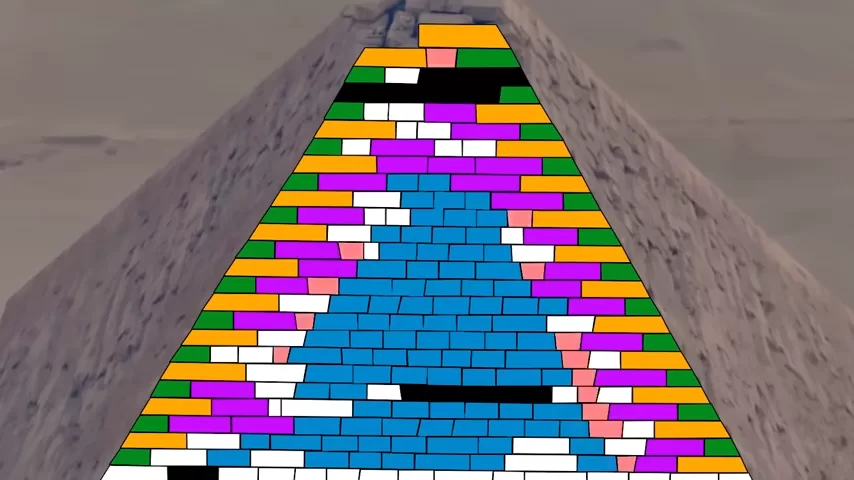
Bonding stones are defined by two key characteristics:
- Smaller than average size for their course
- A sharply tapered edge to allow for easy insertion from above
These features indicate that pyramid builders used a modular assembly approach, allowing different crews to work simultaneously and then fuse their work together using these bonding elements.
Future Research and the Next Steps
While much has been learned from Khafre’s pyramid, more questions remain. The next target for investigation is the Bent Pyramid, which retains nearly 70% of its original casing stones. Unlike Khafre’s structure, the Bent Pyramid’s lower courses were repaired multiple times, offering a chance to study construction adjustments in real time.
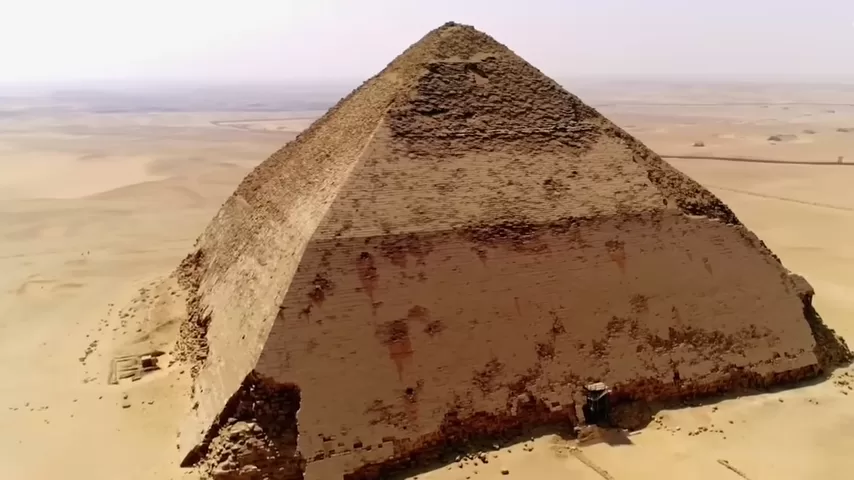
To expand on this research, a collaborative approach involving modern lidar scanning, AI analysis, and crowd-sourced observations will be crucial. By combining these tools, we can finally piece together the true methods used by the ancient Egyptians to build their architectural marvels.
Final Thoughts: The Pyramid Builders’ Legacy
The recent breakthroughs in pyramid research demonstrate that the secrets of ancient engineering are still waiting to be discovered. Each new piece of evidence brings us closer to unraveling the construction techniques of one of history’s greatest civilizations. The pyramids stand as mountains of evidence, and with the right tools and persistence, we can continue to uncover the truth—one stone at a time.
Stay tuned for the next phase of research and be part of solving history’s greatest mystery!


